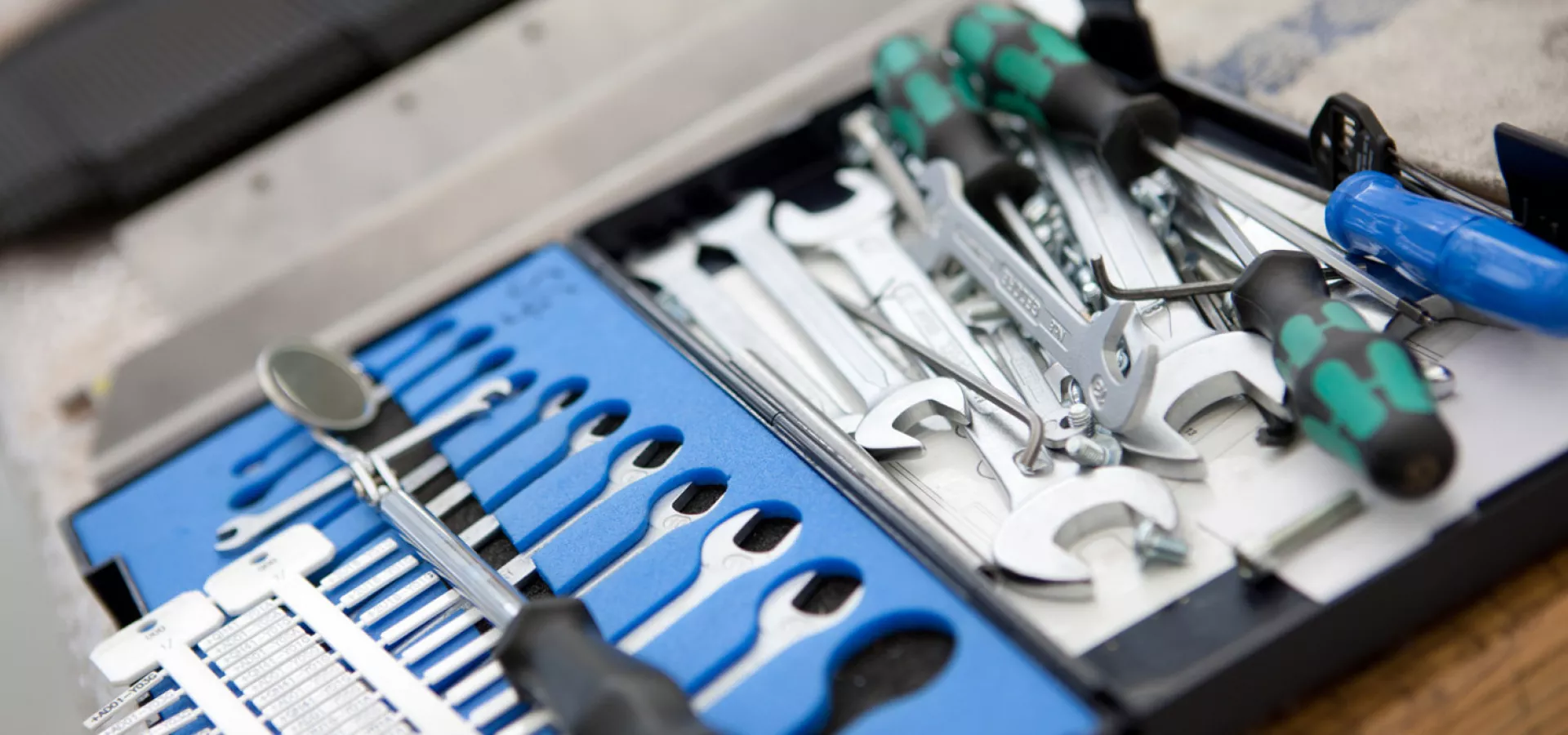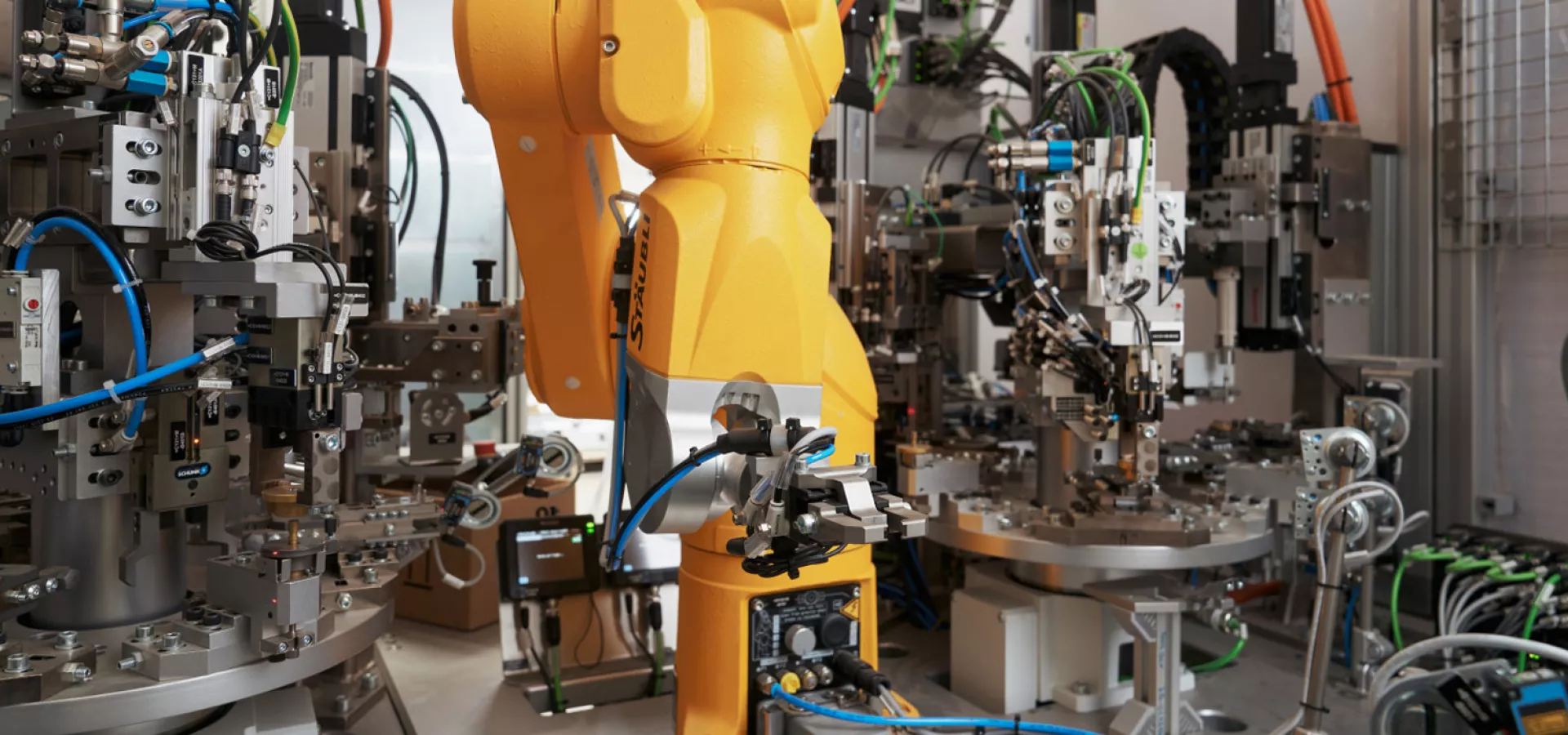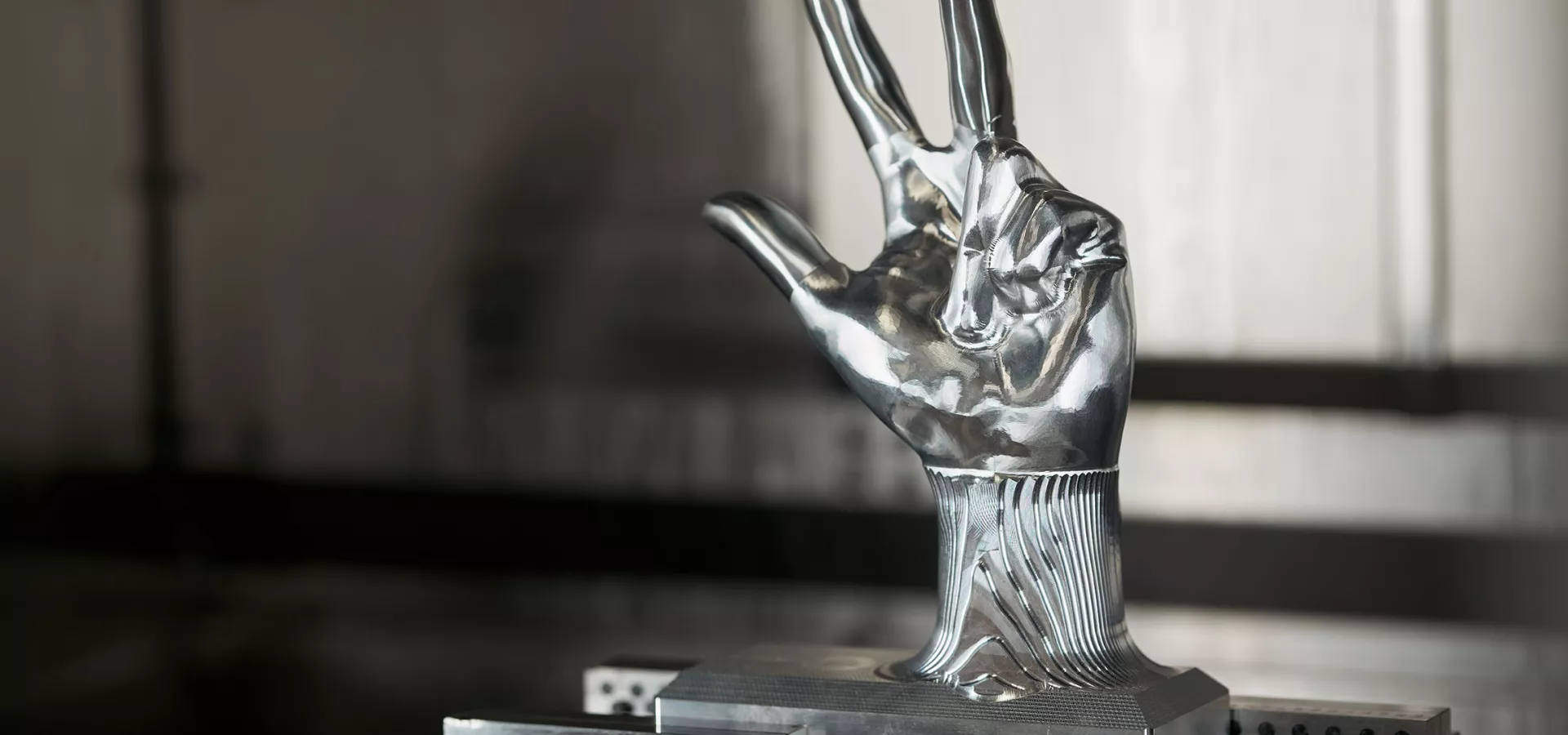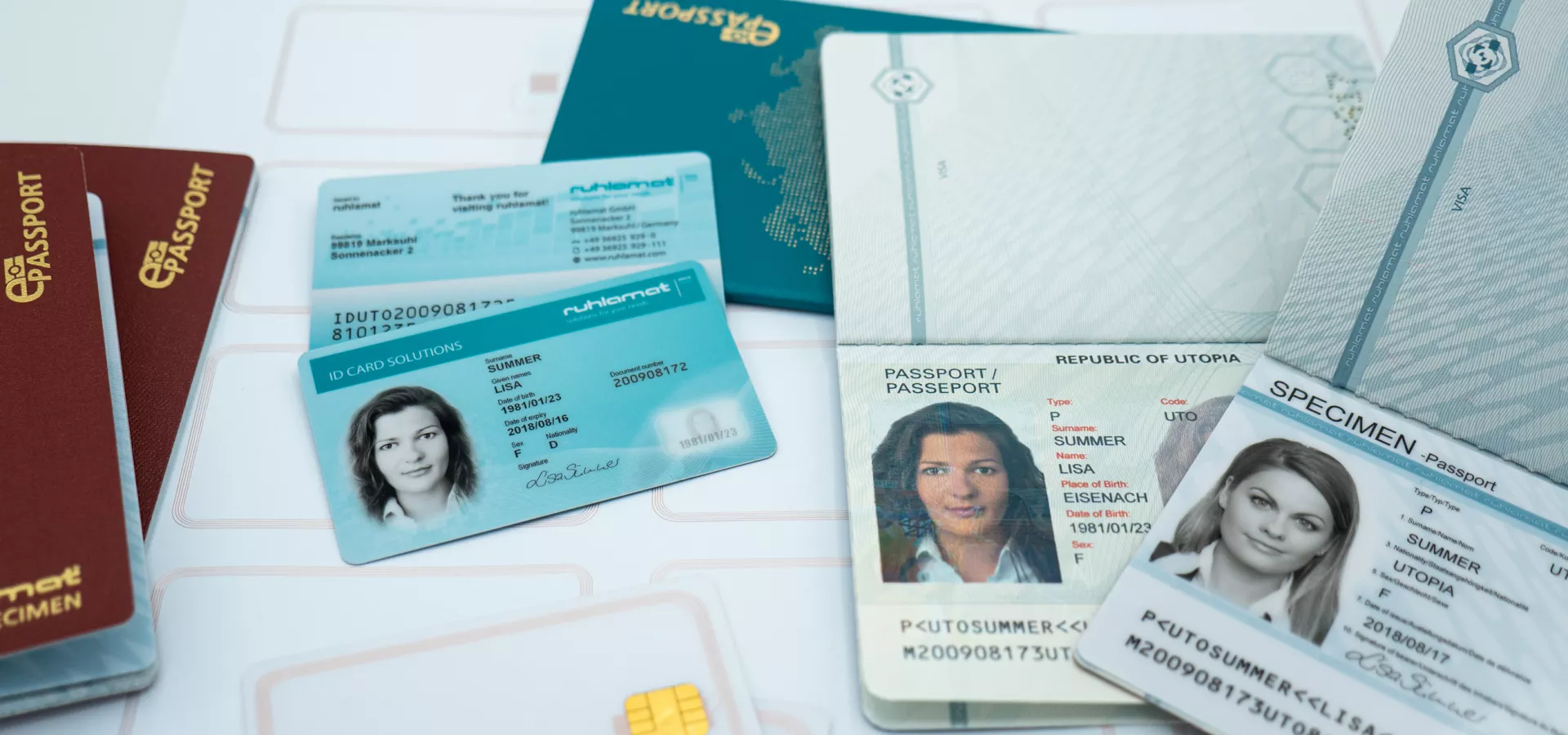
Punching - Versatile in sheet metal processing
Punching is a separation process that most people know from their private or professional lives: A hole punch, with which small circles can be punched out of a piece of paper, works according to this principle. With the aid of complex punching machines, punching is also used in industry, where it is primarily used in sheet metal processing. In medical and food technology as well as in the electrical and automotive industries, die cutting is a common process within the production chain. In addition to sheet metal, other materials such as cardboard and corrugated board or other non-metals can be punched. However, fundamentally different equipment and machines are used here.
How does punching work?
Punching in the context of sheet metal working works according to a very simple principle: the basic structure of a punching machine consists of a punch (inner die) and a die (outer die). The latter is provided with a hole into which the punch fits exactly. If the material to be processed is now placed between the punch and the die and these are pressed together, the corresponding shape is punched out of the material. In addition to this possible design, there are other variations in punching machines that can be used depending on the purpose.
Punches and dies can be exchanged depending on the desired punching, so that it is possible to punch out different shapes. A distinction can also be made between stroke and rotary punching processes. In addition, it is possible to perform punching with the help of CNC punching machines. This happens, for example, wherever production must be particularly flexible and where laser cutting, a common alternative to punching, is not possible or not profitable for economic reasons.

What are the advantages of punching?
Punching is a very simple process and is mainly used to press certain shapes (punchings) into the workpiece or to finish the outer edges of this workpiece. A closely related process is nibbling, which is used mainly for finer or more complicated punching shapes. The advantages are primarily to be seen in the speed: Just as precise as clean, even larger numbers of pieces can be produced within a very short time. In addition, die cutting offers the advantage that it is a mechanical process. This means that, unlike laser cutting, the workpiece does not have to be heated, which often results in thermal changes.
However, it should be taken into account that the preparations for punching can be quite (time-) consuming because the respective punching knives and punching dies have to be precisely matched. In addition, wear and tear on the punching knives, which can wear out quite quickly depending on the material being processed and then have to be replaced, is extremely high and must be taken into account as a cost factor. Nevertheless, from an economic point of view and in terms of precision, punching is usually the method of first choice for sheet metal processing, especially for larger series. In addition, CNC punching machines eliminate longer changeover times because quick-change tools with a plug-in system are available. Furthermore, individual processing steps can be linked, which saves additional time and thus costs.


